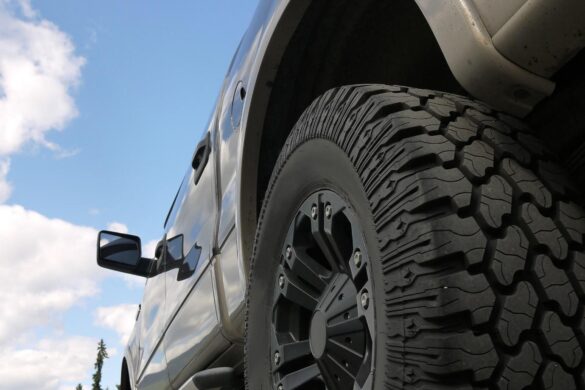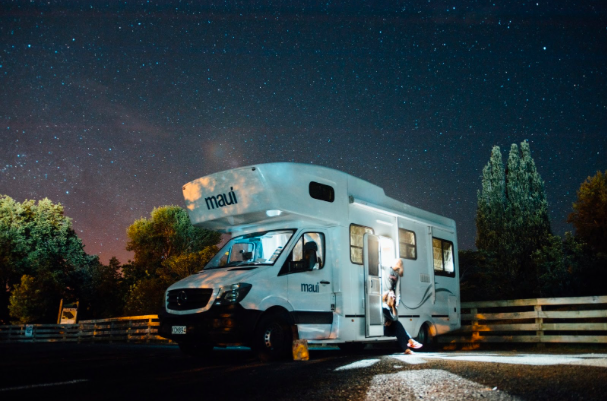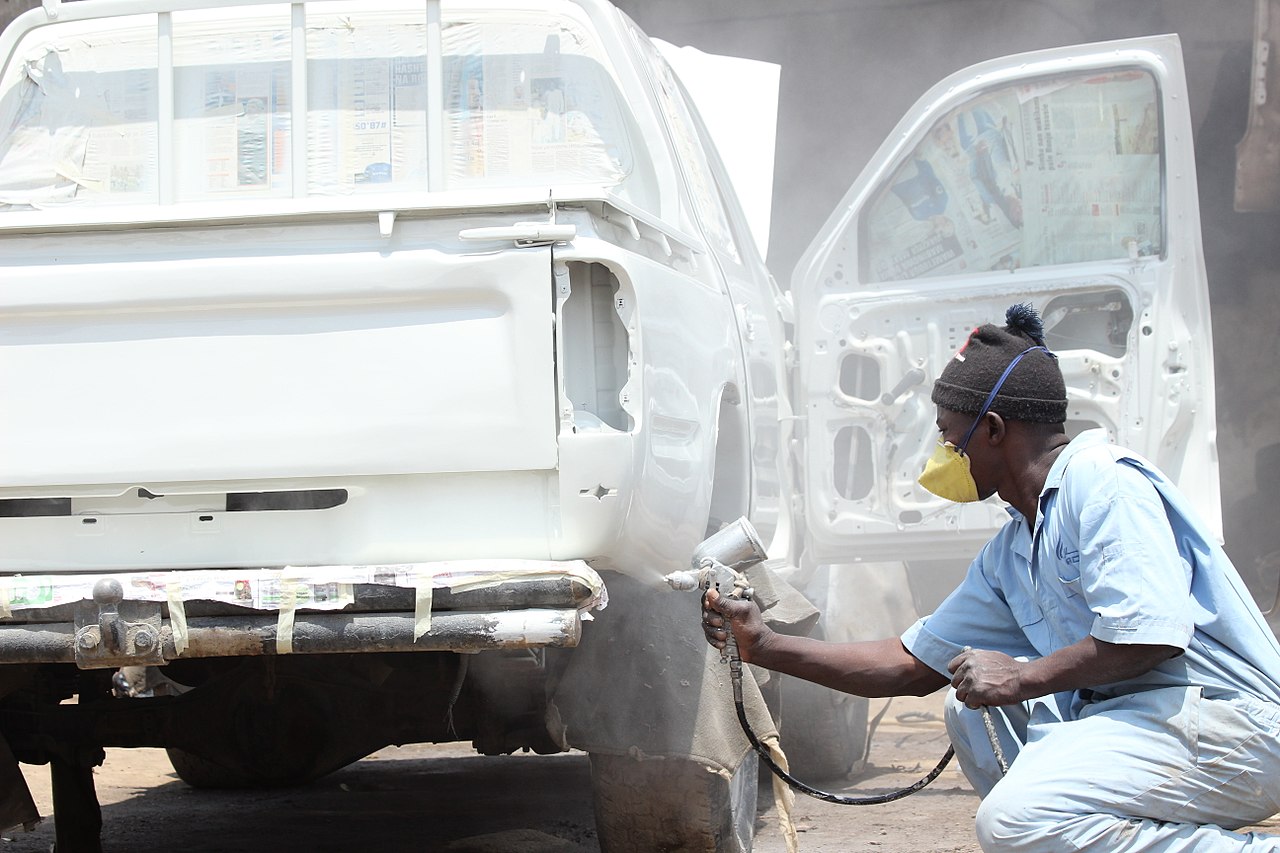 Do you remember the excitement of getting your driver’s license? Driving is a privelege but it comes with risks, like the potential for car accidents. These accidents can even lead to medical issues and the need to hire a personal injury lawyer.
Do you remember the excitement of getting your driver’s license? Driving is a privelege but it comes with risks, like the potential for car accidents. These accidents can even lead to medical issues and the need to hire a personal injury lawyer.
It’s wise to educate yourself on the different types of accidents and how you can prevent them.
Let’s take a look at the seven most common types of collisions.
1. Rear-end Collision
Read-end collisions tend to be one of the most common types of car accidents. Usually, these happen when a driver is following too closely and the vehicle in front comes to an abrupt stop.
Other times, the driver behind is not paying attention due to texting or other distractions and does notice the other driver has slowed down or stopped.
Rear-end collisions can be prevented by providing a safe following distance of at least three seconds between each car.
2. Side-Impact Collision
This type of collision is also referred to as a “T-bone” and happens when a vehicle comes into contact with the side of another vehicle, creating a T shape. Unfortunately, these can be some of the most dangerous accidents, as the side of vehicles are typically less protected upon impact.
Side-impact collisions typically happen when a vehicle fails to yield or is disregarding traffic lights. The easiest way to avoid these types of car accidents is to pay attention to traffic signals.
3. Side-Swipes
The blind spot is one of the most dangerous areas while driving. Many times, people forget to check this area when switching lanes or merging, which results in a side-swipe.
These types of accidents can result in major medical conditions such as whiplash, spinal cord damage, or even brain injuries. The best way to avoid a side-swipe is to always check your blind spots.
4. Head-on Collision
Head-on collisions are when two vehicles strike at the front. This usually happens when a car is driving down the wrong way of a one-way street or if they’re attempting to cross a major highway in a median.
Head-on collisions can lead to serious medical injuries or even fatalities due to the force of impact. Those who are driving under the influence, fall asleep while driving, or are being reckless behind the wheel are often the ones who get into these situations.
For your safety and everyone’s on the road, it’s important to be aware of your physical state of being. Do not drive if you’ve been drinking or are excessively tired. Most importantly, remember to drive with caution and respect others on the road.
5. Single-Vehicle Accident
You may be surprised to learn there are actually a large amount of single-vehicle accidents that occur. These usually happen with private or public property, an animal on the road, or stray items on the road, such as a truck tire or piece of furniture.
Unfortunately, these types of accidents aren’t always preventable. The best thing you can do is to be cautious and slow down. Be aware of any signs that suggest there is a high deer population or if there is inclement weather that could cause hydroplaning.
6. Multi-Vehicle Accident
A motor vehicle accident doesn’t always just occur between one or two cars. Multi-vehicle collisions happen quite commonly on busy highways where there is a lot of traffic.
You might hear someone say it’s a five or six-car pile-up. This is when multiple vehicles are impacted one after the other.
Again, the best way to prevent these types of accidents is by providing enough space between vehicles to allow for abrupt stops.
7. Rotational Accidents
Rotational accidents are also known as rollover accidents. This is when a vehicle is flipped one or multiple times over. These types of accidents can happen for a wide range of reasons, some of which may be due to one of the previous types of accidents stated above.
Other reasons for rotational accidents may be a tire malfunction, road defect, or wet/icy roads. To avoid these issues on the road, always ensure that your tires are in good condition and are properly inflated.
If there are wet or icy roads, avoid oversteering or driving at high speeds. It’s common for people to want to slam on the brakes when they begin to hydroplane. If you have to use your brakes, it’s safer to pump them lightly to get your car back into alignment.
Conclusion
The most important thing to do is to drive with caution, stay alert, and obey the rules of the road. They exist for a reason: to keep you and everyone else on the road safe.









